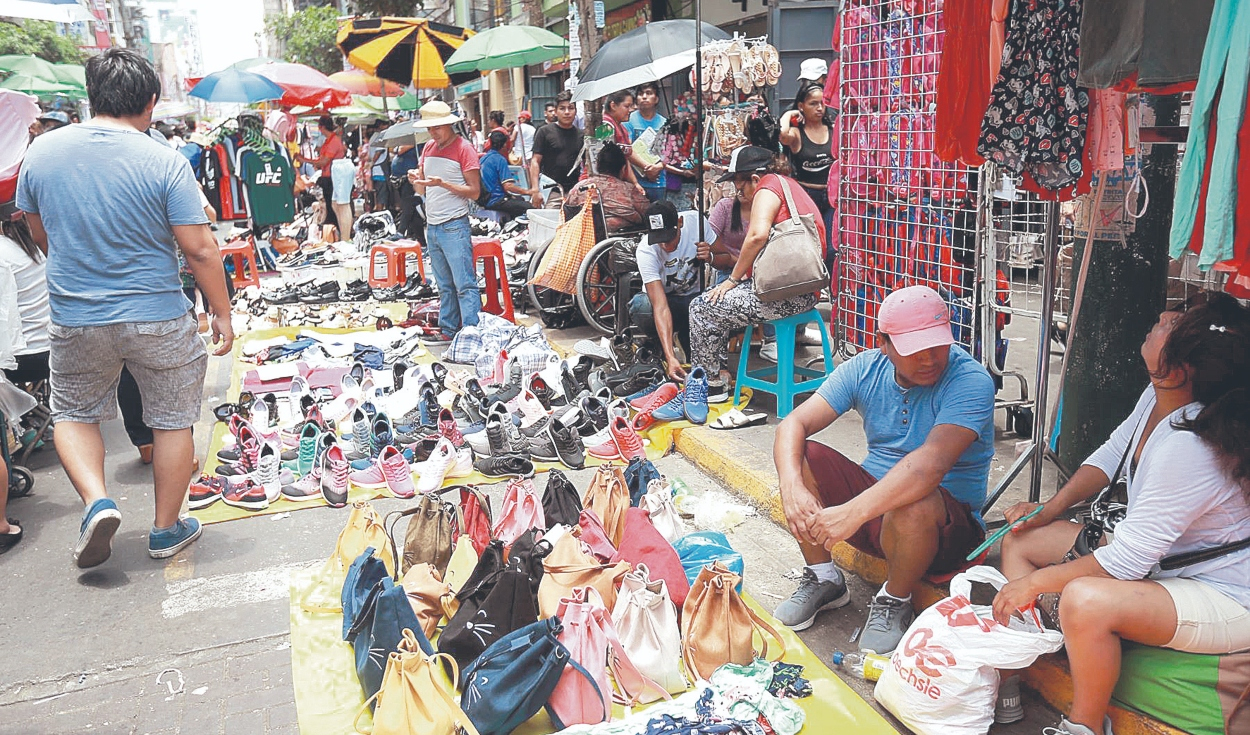
The Congressional Economy Commission has ordered that this Monday, March 25, the debate on the reform of the Peruvian pension system will begin. The ruling that brings together 71 bills, including the Executive’s proposal, puts the future of the pensions of all Peruvians in the hands of Congress.
Of the total projects that make up the ruling, 28 initiatives seek to allow a seventh withdrawal of AFP funds. Congresswoman Digna Calle asserted that if the withdrawal of up to 4 UITs is approved, the proposal will be taken to the Plenary Session on Wednesday the 27th.
The truth is that the Executive has conditioned the approval of various aspects, such as a targeted withdrawal of funds of up to S/20,600 for AFP members who have not contributed by November 30, 2023, to the comprehensive approval of the reform. .
The National Association of Contributors and Former Contributors of the AFP questions that members are not allowed to freely withdraw money.
Although former Economy Minister Alex Contreras agreed to discuss a limited withdrawal of pension funds, his successor José Arista is against any initiative that proposes the release of the funds.
The ruling also proposes that members have up to 25% of their savings fund to pay the initial payment or amortize a mortgage loan for a first property and withdraw up to 50% in case they have cancer or a terminal illness.
Independents in the spotlight
Project 6120/2023-PE of the Executive, presented on June 21, 2023, introduced that independent workers in the private sector must make mandatory pension contributions, considering the Minimum Living Remuneration (RMV) as a reference.
In this sense, the opinion of the Economy Commission considers that independent workers affiliated with the Pension System who receive income that constitutes fourth category or fifth category income must be subject to a mandatory contribution rate.
Said rate will be applied to the gross income of each fee receipt issued by the independent worker gradually starting on January 1 of the third year after the entry into force of the law, applying a rate of 2% during said year. which will increase by one percentage point every two years up to a maximum of 5%.
According to official figures, there are more than 6.5 million independents nationwide, and only 11.3% contribute to an AFP. Even 96% of the self-employed run the risk of not receiving a pension, since eight out of 10 are informal.
According to economic activity, the bulk of independents work in commerce and transportation (54% of the total) and services (23%), whose average salaries are S/1,051 and S/1,008, respectively.
Increase fund with everyday purchases
The ruling is considered a consumption pension. It will be the voluntary contribution from the expenses incurred by members in their day-to-day purchases.
In total, it will be 1% of the sum of the value of the receipts issued within each fiscal year. The limit will be 12 UIT (S/61,800) per year.
According to the opinion, from the age of 18, and not having an employment relationship, individual consumption pension accounts will be created in the private model. Meanwhile, those already affiliated with the private model will accumulate these contributions in their account. For ONP members, an individual account will be opened in the AFP where these contributions will go.
Source: Larepublica
Alia is a professional author and journalist, working at 247 news agency. She writes on various topics from economy news to general interest pieces, providing readers with relevant and informative content. With years of experience, she brings a unique perspective and in-depth analysis to her work.












